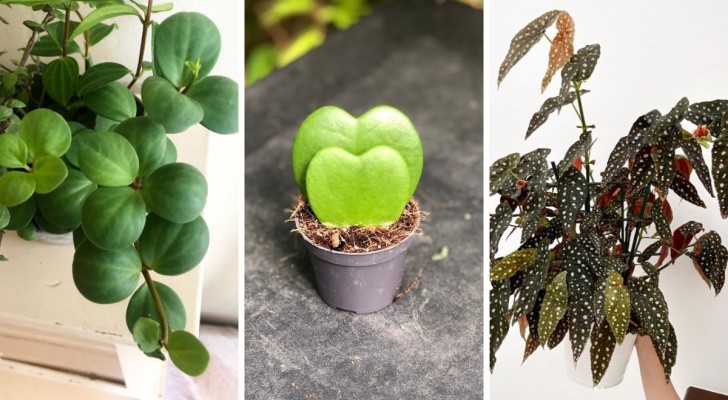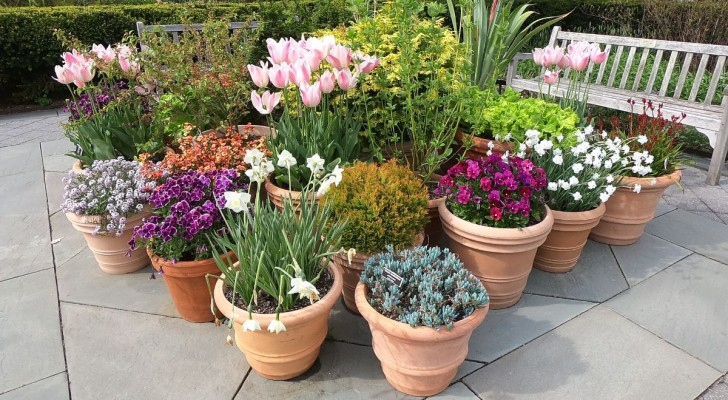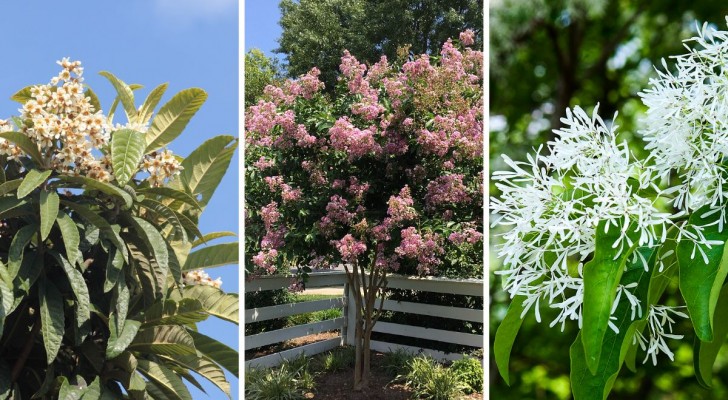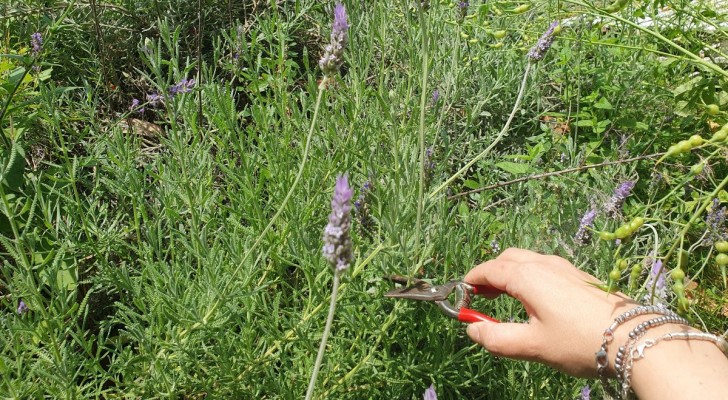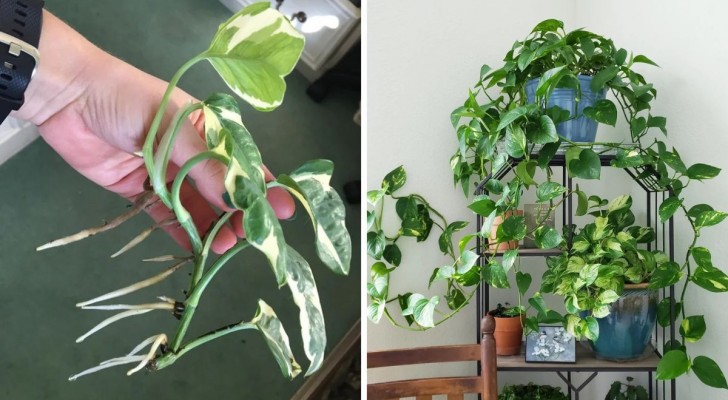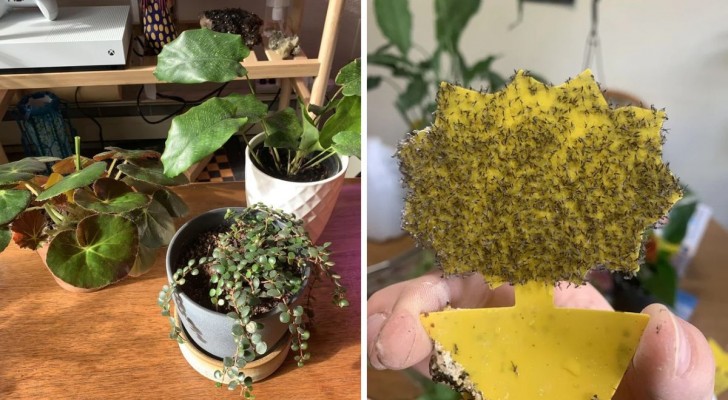Is the placement of flower pots in the garden just an aesthetic issue? Here are the factors you need to take into account
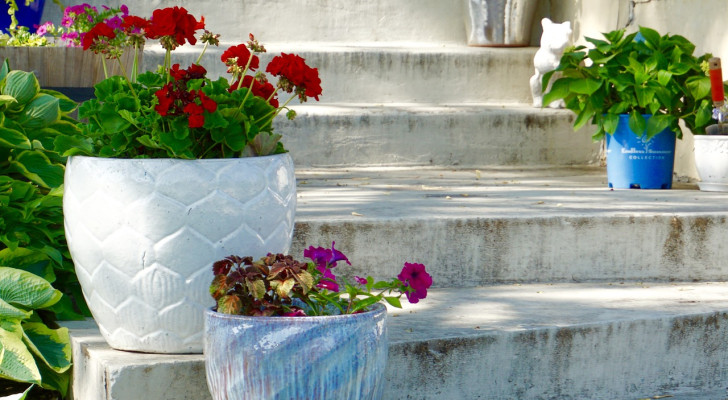
Placing pots in the garden is a quick and effective way to make the most your outdoor spaces, adding color, vibrancy and energy to areas where, under normal conditions, greenery is sparse or non-existent. There are many plant species that can be grown in pots in the garden, but do you know "the rules" for the optimal placement of your pots?
It's not just a question of aesthetics: below we list the factors you need to take into account:
1. Evaluation of climatic conditions
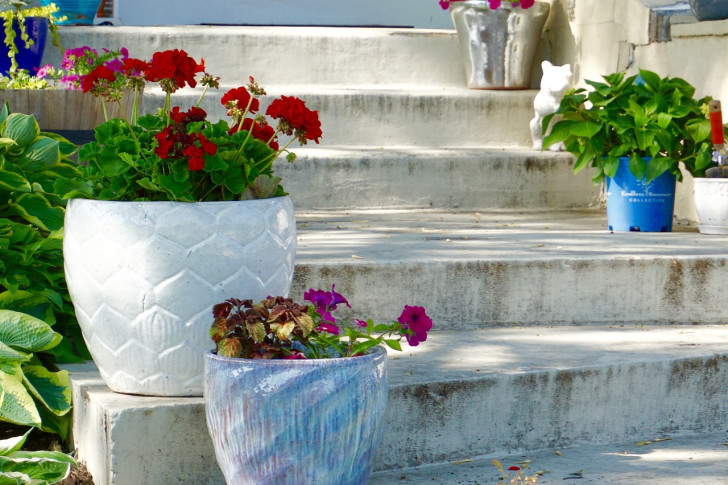
To start, you need to take into account local climatic conditions when it comes to choosing the type of pots to use in your garden - and which plants to cultivate, too.
In sunny areas exposed to strong winds, for example, stronger, heavier and more robust pots will be needed. These types of pot will be stable and will withstand damage which could be caused by exposure to long periods of full sunlight.
Local climatic conditions will also affect your choice of plants to cultivate: for example, you will not be able to grow cacti in shaded and humid areas (which would, however, be fine for hydrangeas, ivy, ferns and fuchsias). Also, find out how much space your plants need, so they grow properly without crowding each other out.
2. Evaluating the properties of pots
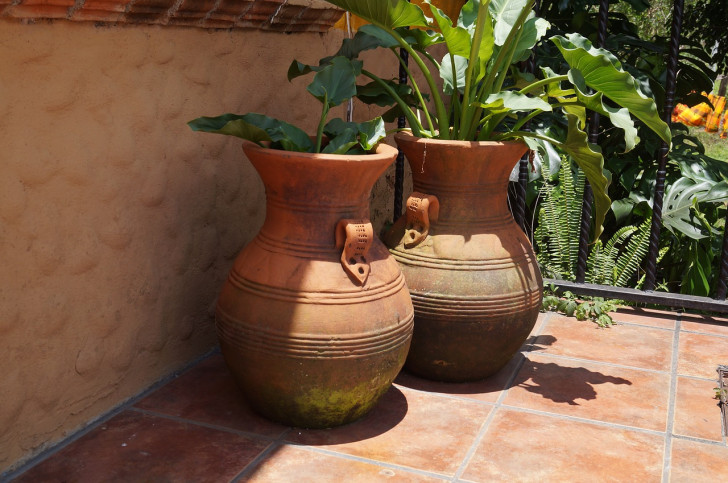
As mentioned above, you need to choose pots which are suitable for your local climate, but there are several other factors that you will need to take into account when choosing them:
- Weight: in addition to being important for stability in strong winds, the weight of your pots will also affect their positioning; it is preferable to choose light pots or use bases with wheels if you plan to move your pots around. Heavier pots can become permanent focal points in your garden and can accommodate shrubs or large bushes that do not need to be moved to shelter when it gets very hot or cold;
- Size: another factor to consider is the size of your pots. In this regard, you need to evaluate the space you have available and the overall aesthetic you want to create. Choose large pots with unique shapes to serve as focal points in your living room, for example. Smaller pots can be used as "complimentary side decorations" or used for lining driveways and garden paths;
- Color: a purely aesthetic factor to consider is the choice of color for your pots. Add variety to your garden by using colorful and/or decorated pots. When grouping pots like this together, use similar colors (and ensure that the color of the flowers don't clash with the arrangement either).
3. Focus on practicality
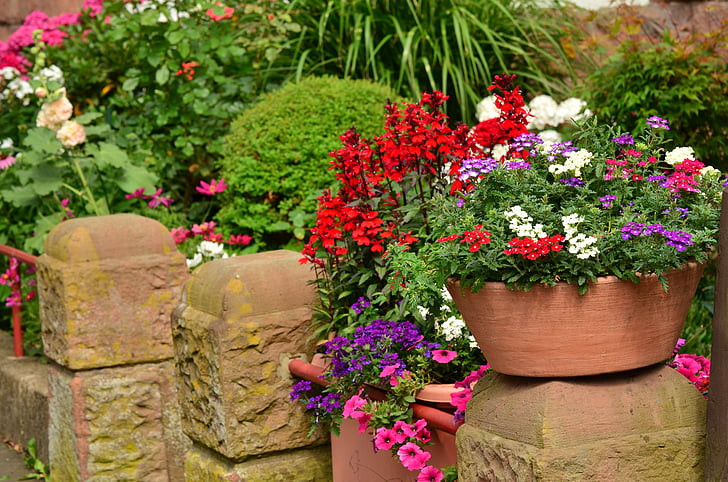
Practicality is a factor that must not be forgotten when arranging your pots, especially if your garden is already on the small size. Adapt the size of the pots to the available space, using them to enhance the environment and to add depth. Arranging pots along a path or the driveway, for example, will serve to highlight these features and add color and vibrancy. Making use of vertical space (using already-existing, natural supports or supports you erect yourself), will add depth and energy to the environment.
Create symmetries and perspectives that will guide guests on their "journey" through your garden, providing balance and visual harmony.
Did you consider these factors when you were choosing pots for your garden?
